P-cadherin promotes collective cell migration via a Cdc42-mediated increase in mechanical forces
- PMID: 26783302
- PMCID: PMC4738379
- DOI: 10.1083/jcb.201505105
P-cadherin promotes collective cell migration via a Cdc42-mediated increase in mechanical forces
Abstract
Collective cell migration (CCM) is essential for organism development, wound healing, and metastatic transition, the primary cause of cancer-related death, and it involves cell-cell adhesion molecules of the cadherin family. Increased P-cadherin expression levels are correlated with tumor aggressiveness in carcinoma and aggressive sarcoma; however, how P-cadherin promotes tumor malignancy remains unknown. Here, using integrated cell biology and biophysical approaches, we determined that P-cadherin specifically induces polarization and CCM through an increase in the strength and anisotropy of mechanical forces. We show that this mechanical regulation is mediated by the P-cadherin/β-PIX/Cdc42 axis; P-cadherin specifically activates Cdc42 through β-PIX, which is specifically recruited at cell-cell contacts upon CCM. This mechanism of cell polarization and migration is absent in cells expressing E- or R-cadherin. Thus, we identify a specific role of P-cadherin through β-PIX-mediated Cdc42 activation in the regulation of cell polarity and force anisotropy that drives CCM.
© 2016 Plutoni et al.
Figures
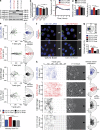
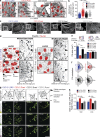
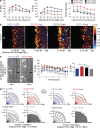
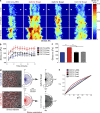
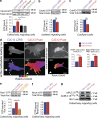

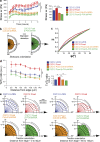
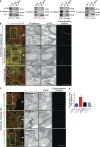

References
-
- Bazellières E., Conte V., Elosegui-Artola A., Serra-Picamal X., Bintanel-Morcillo M., Roca-Cusachs P., Muñoz J.J., Sales-Pardo M., Guimerà R., and Trepat X.. 2015. Control of cell-cell forces and collective cell dynamics by the intercellular adhesome. Nat. Cell Biol. 17:409–420. 10.1038/ncb3135 - DOI - PMC - PubMed
Publication types
MeSH terms
Substances
Associated data
- Actions
- Actions
- Actions
- Actions
- Actions
- Actions
Grants and funding
LinkOut - more resources
Full Text Sources
Other Literature Sources
Molecular Biology Databases
Miscellaneous

